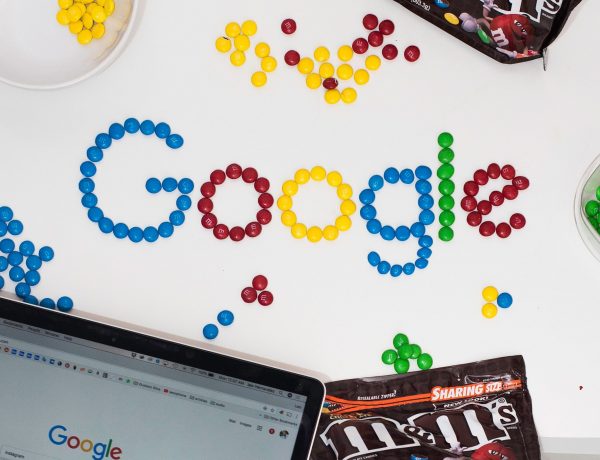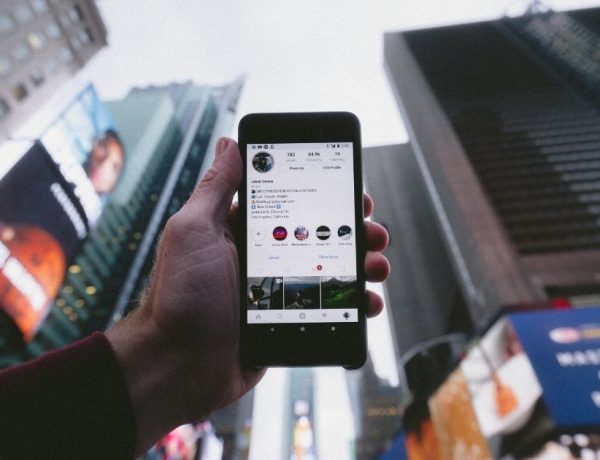Email marketing for events is one of the most important tools you can have in your promotional toolbox.
Think about it. With social media advertising, you have to interrupt someone’s feed to get them to notice you. Email has the upper hand in this situation because people already subscribed to get your messages. Plus, an email stays in the consumer’s inbox until they delete it.
And if you need more reason to use email, you should know that email marketing still has crazy amazing conversion rates. In fact, SalesForce reports that email marketing has an ROI of about 4400%. That means for every $1 you spend, you get $44 back.
Lastly, you own your email list. You could lose your reach on social media in a split second if the platform wants to shut you down or changes their algorithm. Your email list, in contrast, is yours.
The question is… how do you leverage email marketing for events to get the most bang for your buck?
Lucky for you, I have a whole in-depth training on that very subject. You can watch the full training in this post, or you can fast forward to specific time stamps I provide in this article. Enjoy!
Email Marketing for Events: What Kind of Emails Should You Send?
To start, we’ll look at three different types of emails you should definitely be sending your subscribers:
- Transactional
- Relational
- Promotional
Each of these are super important, so make sure you’re using all of them!
Let’s look at the first one.
Transactional Emails (13:25)
Transactional emails have the highest open rates—up to 60-80%! And yet they’re the most under-utilized type of email.
But what are transactional emails? They’re the emails that confirm someone’s pre-registration. Or they may provide a customer’s ticket receipt or order confirmation.
Support tickets, account resets, password resets, and customer services emails also fall into this category.
These emails are often automated, so I encourage you to regularly audit them and make sure your messaging is on brand.
Also be sure these emails ask your audience to take the next step of their buying journey. That can be asking them to follow you on social, share the event with their friends, or RSVP on the Facebook Event Page.
Relational Emails (17:14)
Relational emails are the ones you send to new subscribers to welcome them to your list.
They’re also the ones you send for your newsletter or blog articles, public relations, surveys and review requests, social updates, contest announcements, or referral requests.
The most important relational email is the one you send to your new subscribers. Take the time to initiate them with a welcome email. Lay out for them everything they can expect from you. That includes how frequently you’ll email them, what offers they’ll receive, and more.
If you have a particular persona or person behind your brand, this is the perfect time to put a face to the name!
Promotional Emails (22:55)
Your promotional emails are the ones you send for price bumps, new products, event releases, sales announcements, and offer upgrades.
Promotional emails are by far the most popular type of emails that businesses send. And to be honest… they’re the ones in most need of a refresh.
Don’t get stuck in a cadence. Think of these promotional emails as your “popcorn.” No one wants stale popcorn. Keep the content fresh and relevant—and take advantage of holidays if you can!
This is a great opportunity to add some FOMO to your emails. For instance, if you have a VIP offer for your event, let your subscribers know how much they’ll miss out if they don’t upgrade their ticket.
Put a hard timeline on that upgrade to increase the sense of urgency to buy.
Deliverability of Email Marketing for Events (26:30)
This is such an important topic to discuss because if someone isn’t getting your emails, they’re not going to see your promotions!
Keep a close eye on these three variables to make your email deliverability as high as possible.
1. Reputation (27:17)
Keep your email reputation high by being consistent in your emails sends. Make sure you don’t send spam, and always use a clean list.
By that, I mean make sure people opt-in to get your emails. You can get blacklisted otherwise.
Also make sure you send fun, relevant content so that you don’t get a bunch of unsubscribes.
2. Infrastructure (29:55)
Make sure you authorize your domain address that sends your email. And validate your IP addresses, too, while you’re at it.
These are more technical suggestions. But for now, just make sure you use a solid email company and fill out all your details.
3. Engagement (30:05)
Open rates are important when it comes to engagement, as are clicks and replies.
If someone hasn’t opened your email in over month, I recommend deleting them off your list. Keeping them on can lower your open rate and make it easier for inboxes to mark you as spam.
Increase your opens by making your subject lines as eye-catching as possible. Use subscribers’ names in your emails, which most email service providers can do.
Of course, don’t be boring! Be relevant, bold, fun, and entertaining where you can. Use specific numbers to grab your readers’ attention and keep it short. Don’t lose their attention!
You can use the preview copy to hook their interest. Symbols or emojis are a great way to catch the eye, so use those when you can.
To increase your click rate, try adding a play button on top of your images or animated GIFs. (Canva is great for this!) Or try creating a poll in your email. Interactive countdown timers and animated buttons are also great ways to get people to click in your email.
Go to 31:55 to learn how to revive a dying email list!
Pick the Right Platform When Email Marketing for Events (54:33)
Some great options for email service providers are ConvertKit, MailChimp (which is free up to 1,000 subscribers), and HubSpot.
I’ve had clients A-B test against other platforms, and they really didn’t find a big difference. Just make sure that the company you go with has a good reputation.
Make sure the company is easy to use and helps you set up automation sequences. Also make sure the service provider is within your price range. Choose something that’s reasonable, but of course prioritize ease of use.
SMS Marketing for Events (58:03)
Don’t overlook SMS, or text-message marketing. Start collecting phone numbers now. (Just make sure you’re using the proper opt-in language!)
My clients see higher conversion rates with SMS than any other platform. Seriously!
With texting, you’ll want to customize the name and photo when you can.
Keep in mind that texting can be costly. Right now, I recommend only using it for FOMO offers with a set timeline. (For example, texting about a power-hour flash sale.)
Some good tools to use for texting are SimpleTexting, Twilio, and SuperPhone.
With these strategies in your pocket, you’re sure to nail your email marketing for events. Still have questions? Join my Six-Figure Freelancer Facebook Group and ask fellow entrepreneurs there!




No Comments